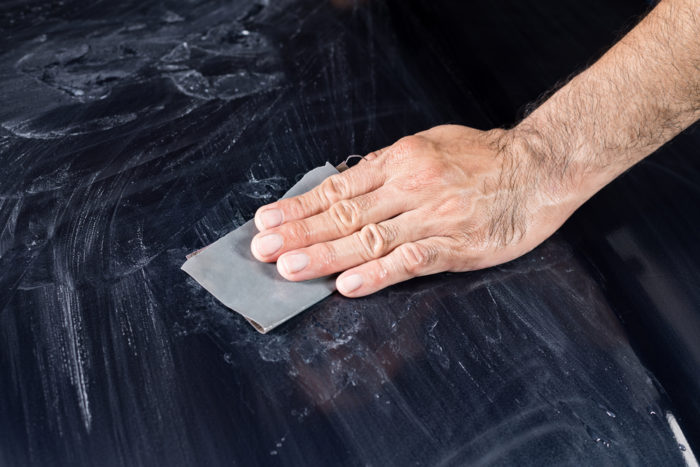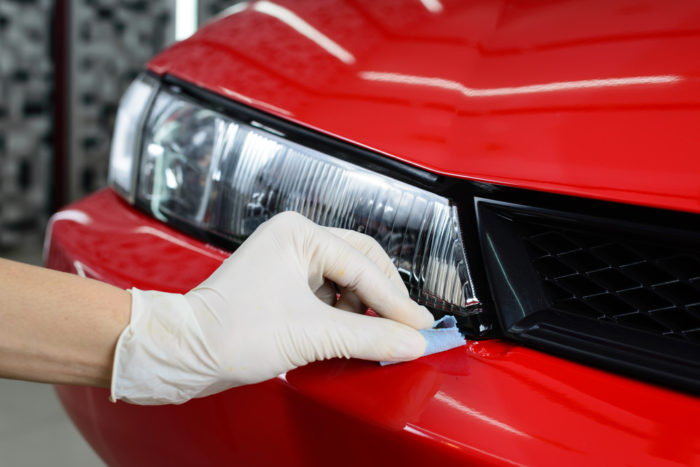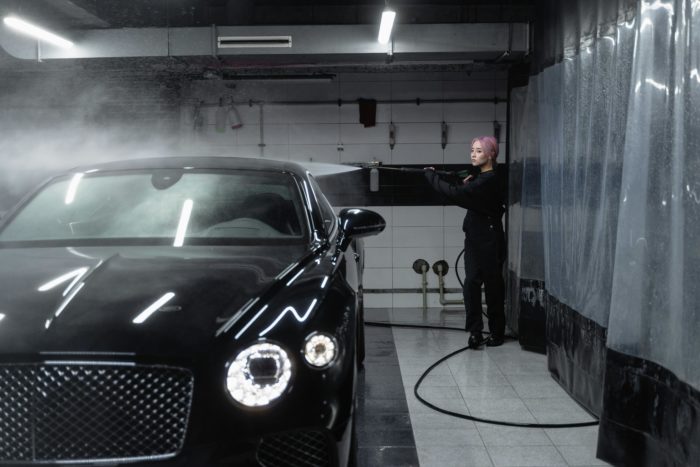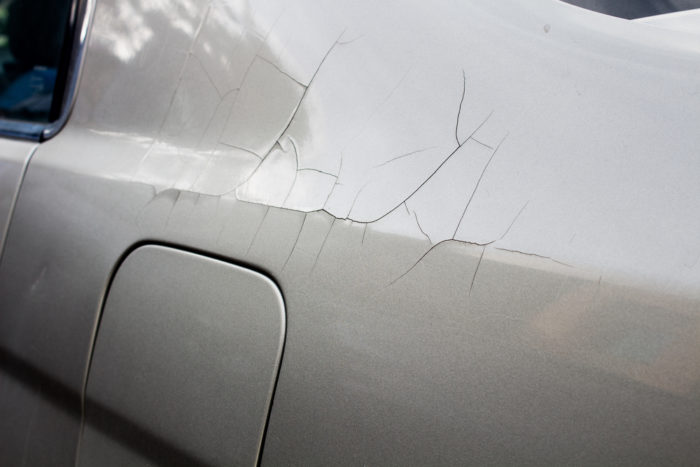
Painting over existing car paint without sanding is not generally recommended if you’re seeking a durable and professional finish.
Sanding is a critical step in the automotive painting process because it serves several purposes…
1. Adhesion
Sanding creates a rough surface that allows the new paint to adhere more effectively to the existing paint. Without proper adhesion, the new paint layer might peel, chip, or flake off over time.
2. Smoothness
Sanding helps to remove any imperfections, such as scratches, swirls, or oxidation, from the existing paint surface. This results in a smoother finish for the new paint.
3. Feather Edging
If there are any chips or damaged areas, sanding allows for feather edging, blending the edges of damaged spots into the surrounding paint, which helps in achieving a seamless repair.
4. Clean Surface
The process of sanding also helps in removing any surface contaminants that might interfere with the quality of the finish, such as wax, oil, or dirt.
In Some Rare Circumstances, You Might Consider Skipping Sanding…
- When using specific products – Some modern paint products are designed to adhere to glossy surfaces without sanding. These are usually more expensive and might not provide the same durability as traditional methods.
- For temporary solutions – If you’re applying a temporary protective coating or wrap that doesn’t require the paint to last long or adhere as strongly, sanding might not be necessary.
- Touch-up work – Very minor touch-ups using a brush or small spray can might not require sanding, especially if the area is clean and the damage is minimal.
Risks of Skipping Sanding
- Poor Adhesion – The new paint may not stick well to the surface, leading to peeling or flaking.
- Visible Imperfections – Without sanding, existing imperfections in the old paint may be visible through the new coat.
- Reduced Longevity – The overall durability and lifespan of the paint job are likely to be compromised.
Conclusion
While it might seem like a shortcut, painting over car paint without sanding is likely to result in a less than satisfactory finish. For those looking for a lasting, high-quality result, taking the time to properly prepare the surface by sanding is a step that shouldn’t be skipped. If you’re unsure or inexperienced, consulting with a professional or following the paint manufacturer’s recommendations is always the best course of action.




